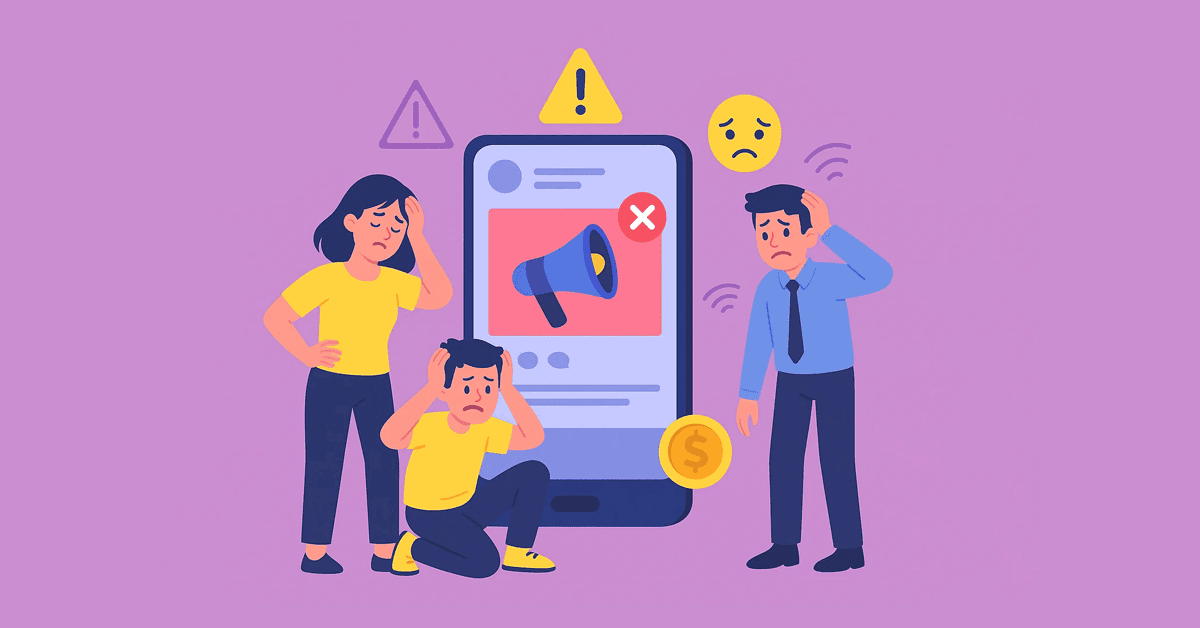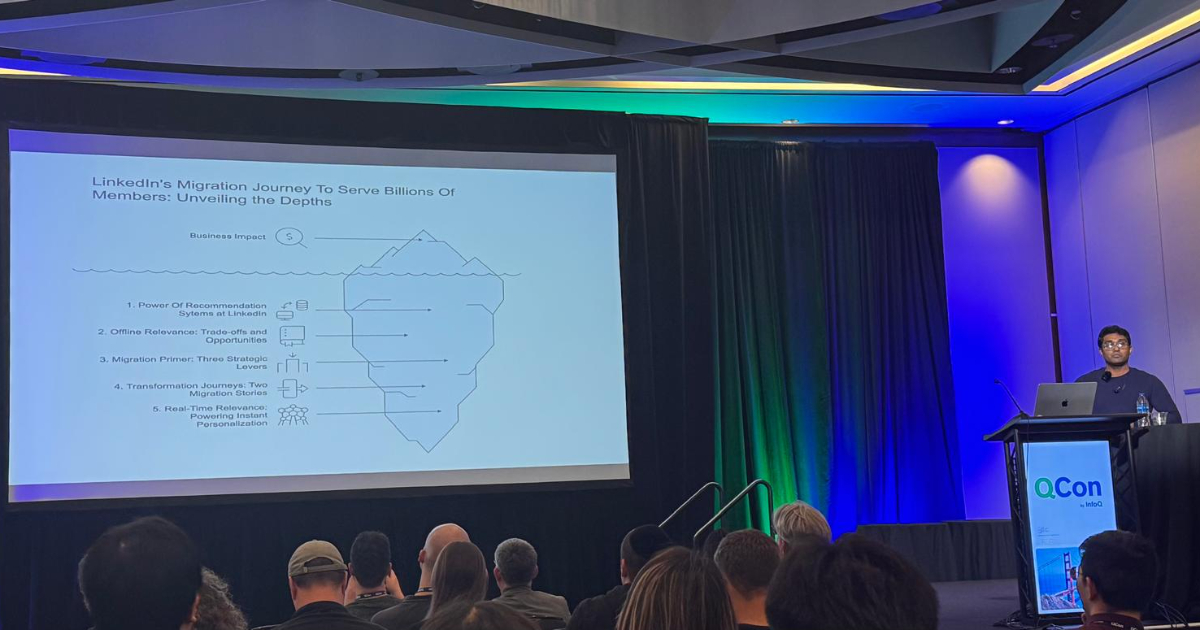Social media ads can be one of the most powerful forms of marketing in your toolbox. Platforms like Facebook, Instagram, LinkedIn, Twitter, and TikTok let you target audiences, and set budgets at acceptable levels and evaluate performance as you go.
Sure, launching a campaign is easier than ever, but it is equally easy to make very costly mistakes that devastate performance and squander budget.
In this article, we will discuss the most common mistakes typically made by marketers and how to avoid them when it comes to social ads. If you are a small business owner or digital marketer, these tips will assist you in making better decisions and managing more effective campaigns.
The Rise of Social Ads
Source: Freepik
Social media advertising has skyrocketed in recent years. With billions of users scrolling daily, each social media platform provides a unique opportunity to access potential customers. As a result, brands are investing in paid social strategies to develop awareness, leads, and sales, —often complementing these efforts with tactics like link building, for example, to improve visibility and credibility across digital channels.
But while throwing money at social can generate success, it is about doing it the RIGHT way; consequently, knowing where things can go wrong and how to get it right is essential.
Why Avoiding Mistakes in Social Ads Matters
Social media ads are incredibly potent. With platforms like Facebook, Instagram, LinkedIn, and TikTok, you can reach millions of prospective customers. However, if you have avoidable mistakes, you aren’t just missing opportunities you’re spending money without tangible results.
Why does it matter to avoid these common mistakes? Because:
- It improves your return on ad spend (ROAS).
- It shall not waste the audience’s money and avoid ad fatigue.
- It allows you to scale better and faster.
- It gives you more data and insights to improve upon for future campaigns.
Now let’s examine the 4 biggest mistakes to avoid.
Why Mistakes Happen
Launching ads on social media may appear relatively straightforward. Most platforms include user-friendly interfaces and suggested settings for those just starting out. This simplicity can lead to complacency. Mistakes are commonly made for the following reasons:
- There is too much emphasis on creative and not enough on audience.
- Teams fail to test properly.
- Marketers rely on gut feelings rather than data.
- Businesses try to mimic what others businesses are doing without thinking about their own plan and goals.
Let’s take a look at some of the biggest social ad mistakes and how to fix them.
1. Not Defining Clear Goals
 Source: Freepik
Source: Freepik
Before you launch any advertisement, consider the following question: “What do I want to accomplish with this campaign?” Without a well-defined goal or objective in mind, success cannot be defined or measured. Some typical objectives are website visits, leads, brand awareness, and/or sales being the ultimate goal.
How to avoid it:
- Set SMART objectives (Specific, Measurable, Attainable, Relevant, Time-bound).
- Align ad objectives to overall marketing objectives.
- Choose the right campaign objective if utilizing Facebook Ads Manager.
2. Targeting the Wrong Audience
 Source: Freepik
Source: Freepik
Even the best ad won’t achieve its business goals if it is delivered to the wrong audience. If you have a poorly defined audience profile, you are wasting money and will see poorer results from your campaign. For B2B campaigns, using a free email finder can help you build custom audiences based on verified contact data—improving targeting accuracy and making sure your ads reach decision-makers, not just job titles.
How do you avoid this?
- Use data and insights to profile your ideal customer.
- Use platform tools, such as Facebook’s Custom Audiences or Lookalike Audiences.
- Exclude audience features that are not relevant, such as gender, interests and other demographics of your audience.
3. Ignoring Mobile Optimization
Most users access social media through their phones. If your ad is not mobile optimized, performance will suffer.
How can we avoid this?
- Mobile-friendly formats (vertical video, shorter text, responsive design)
- Test your ad across devices
- Make sure your landing page is mobile optimized
4. Using Low-Quality Creatives
Visuals or ambiguous messaging can instantly repel potential customers. You need your ad to stand out in a noisy feed.
How to avoid it:
- Use high-quality images, videos, or motion graphics video productions, use AI video analysis tools to track how your videos perform and understand viewer behavior—helping you improve social ad results.
- Keep messaging clear and concise
- Add captions for videos (most users watch without sound)
5. Forgetting to A/B Test
Depending on only one version of your ad is dangerous. A/B testing allows you to see the differences between versions to find out what works best.
How to prevent it:
- Test one variable at a time (headline, image, call to action, etc.).
- Watch performance metrics carefully.
- Use what you learn in future campaigns.
6. Not Monitoring and Adjusting
A lot of people make the mistake of launching a campaign and not monitoring it. Social media ads require ongoing monitoring.
How to avoid it:
- Check performance at least once a day.
- Make small tweaks based on results.
- If an ad is not performing, pause it.
7. Poor Budget Allocation
On one hand, underspending could leave you with little or nothing meaningful to show for your effort, while overspending with no clearly defined strategy could cost money with little to no advantage.
How to prevent it from happening:
- Create a realistic budget aligned to your goal.
- Start small, and scale based on performance.
- Increase budget for top-performing ads.
8. Ignoring the Sales Funnel
Consumers don’t always convert the first time they see your ad; they are often cold traffic that you’re spending ad dollars to target. You could be spending ad dollars the wrong way and targeting a cold audience with no return.
Here’s how to avoid:
- Funnel strategy (awareness, consideration and conversion)
- Warm up audience with value-added content.
- Retarget engaged people also.
9. Weak Call-to-Action (CTA)
If your CTA is unclear or nonexistent, users will likely be unclear on next steps.
What can you do to make sure that doesn’t happen?
- Have calls to action that show your user what they can do- like “Shop Now”, “Learn More” or “Sign Up”
- Make sure you have an appropriate call to action related to your campaign objective.
10. Not Learning from Analytics
Analytics shows you what works and what does not. You set yourself up for repeated mistakes if you’re not paying attention to your analytics.
Here’s how to avoid mistakes:
- Track CTR, percent of conversions and ROAS.
- Use insights from the platform that provide hints on what to do next.
- Use positive and negative experiences from your campaigns.
11. Overloading with Text
Excessive amounts of text can confuse users or lead to ad rejection especially with Facebook.
Ways to avoid it:
- Keep the text short and sweet
- Think benefits, not features.
- Let the image do the talking.
12. Running Ads Without Testing the Funnel
 Source: Freepik
Source: Freepik
If your website or landing page isn’t functioning correctly, your ads will not convert.
How can you avoid this?
- Test the entire customer journey from ad to checkout/form submission.
- Resolve all technical issues.
- Have consistent messaging from ad to landing page.
The Importance of Reviewing Your Ad Strategy
Social media advertising should be a fluid process. Reassess your strategy regularly, test new strategies, and keep up to date on platform changes; things that may have worked six months ago may not work today.
Mistakes are opportunities for learning, whether your own or someone else’s.
And by learning from them all, you save time and money, and perhaps most importantly, you build an improved ad strategy.
How to Audit Your Social Ad Campaign

You can avoid repeating errors by carrying out a campaign audit. Here are some things to check:
- Was the targeting aligned with the objective?
- Was the ad creative relevant for the audience and platform?
- Was the landing page optimized?
- Was the conversion source tracked correctly and consistently?
- Did we test enough variations?
A simple audit can help to reveal gaps, and make improvements for future results.
How Algorithms Impact Social Ad Success
Social media sites tend to have algorithms which govern who sees your ad. Because of this, if your content is not engaging, social media marketing platforms could reduce the reach of your content, even if you are paying.
Fix: Engagement first! Ads that get likes, comments, shares, and clicks indicate quality. The more relevant your ad is to its audience, the more the algorithm will reward your ad.
Why Clarity in Messaging Matters
Ads that confuse don’t convert. When users don’t know what you’re offering or why it matters, they keep scrolling.
Fix: Use messaging that is clear and focused on the benefits to the user. Tell users what the offer is and what action you want them to take.
Tips to Improve Your Social Ads
- Where possible, use video – it attracts more attention.
- Try out different audience segments.
- Check in on campaign performance daily.
- When writing copy, focus on the benefits rather than features.
- Use limited-time offers to create urgency.
- Consider partnering with an inbound marketing provider to attract high-intent leads more effectively.
Wrapping Up Mistakes to Avoid When Running Social Ads
Running sponsored social media ads can create impact and generate real business results if you do it right! Avoiding the big mistakes like lack of goal setting, bad targeting, or shoddy testing, the odds really are in your favor.
Social advertising is not a game of chance. It is a strategic, data-centric, continuous learning process. A few subtle changes in how you plan, execute, and monitor your campaigns could drastically impact performance.
Whether you run social ads in-house or use an agcency, knowing common pitfalls allows you to avoid those mistakes and make better decisions. The key to success is always thinking about the value you can bring to your audience, always being curious about the data, and above all, always testing.
FAQs
1. How much should I be spending on social media ads?
You should start with a small budget so that you can test various creatives and audiences first, and then once you know what works you can increase your spend.
2. How long should I run an ad before checking the results?
You should wait at least 3–5 days to get enough data, and you should check the daily performance each day but don’t change the ad too quickly.
3. What is the best platform for social media advertising?
It really depends on your audience and why you are advertising. Facebook and Instagram are great platforms for B2C. LinkedIn works great for B2B. TikTok is best for youth audiences.
4. What is A/B testing in social ads?
A/B testing allows you to see what performs better: two versions of a post, often referred to as a ‘variant.’ You can test headlines, images, CTAs, and more.
5. Why does my ad have impressions, but no clicks?
You should check your creative and CTAs – if there is not a great message, people won’t click. Also, check that you haven’t excluded too many audiences!










